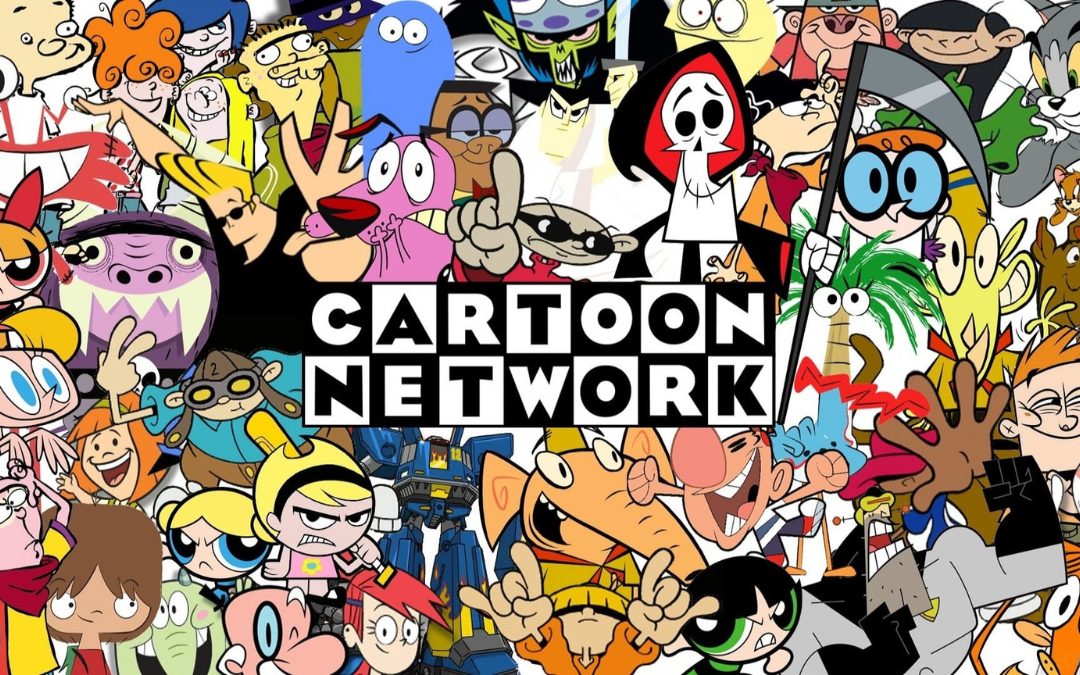I’m sorry if this made you consider your age, but I couldn’t bear this pain by myself. Here at io9, we’ve talked extensively about cartoons, whether they were the beloved cartoons of our youth or more contemporary shows that merited greater attention.
Furthermore, discussing western animation would be incomplete without mentioning a certain channel. On October 1, 1992, Cartoon Network went live. Before that, in the previous year, the American media conglomerate Turner Broadcasting System (or, as it would later be known, TBS) acquired the animation studio Hanna-Barbera and decided to start a network that would act as a library for cartoons.
The Looney Toons short “Rhapsody Rabbit” served as the station’s premiere cartoon. Originally called as “The Cartoon Network,” it later gained recognition as the first 24-hour, single-genre cable channel dedicated to animation.
The only content available on Cartoon Network at first was repeats of vintage animated series like the 1933 Popeye series and pre-1948 Looney Toons.
The anthology series The Moxy Show, however, would be the network’s first piece of wholly original programming, while Space Ghost Coast to Coast, which premiered the following year, was the first program the network had ever created.
The popularity of Coast to Coast allowed Cartoon Network to gain a footing with older audiences, a group that was eventually rewarded with both Toonami and Adult Swim. Coast to Coast represented the network’s first attempt to modernize an animated icon from Hanna-catalog Barbera for a modern audience.
Hanna-Barbera established Cartoon Network Studios later in 1994, which resulted in the 1995 release of What a Cartoon! An anthology series that gave independent and H-B animators the chance to produce original animated shorts for the network.
What a Cartoon was the starting point for several late-’90s programs that would come to characterize Cartoon Network, including Dexter’s Laboratory, Johnny Bravo, Cow & Chicken, and others.
Later, the “Cartoon Cartoon Fridays” block, which broadcast brand-new episodes, highlighted the success of the programs.
It wouldn’t be overstating things to suggest that this block was the youth equivalent of what is now considered prestige television, or at the very least Sunday evenings for HBO original programming.
Cartoon Network has grown over the years and made several bold moves that are, in some way, still unforgettable.
It was publicly known when the network made a disastrous decision, such as when The Powerpuff Girls made the transition to the big screen and failed commercially or when the network started airing live-action programs. But other times, the odd bets paid off handsomely.
You may claim that bumpers from the mid-2000s, which featured characters from various shows interacting with one another, helped inspire the MMORPG Cartoon Network Fusionfall. These bumpers appeared at the beginning and conclusion of commercial breaks, for instance. It also started airing French and Canadian animated series during that time, including Code Lyoko and Totally Spies, with the Total Drama franchise being the most popular of those.
It’s impossible to claim that Cartoon Network isn’t willing to try new things, though. Even though live-action wasn’t something that anyone expected from a channel that was technically called “Cartoon Network,” it quickly made up for this with a range of animated series that demonstrated the network’s creative abilities.
Whether you love them or detest them, you can’t dispute that in the decade of 2010, shows like Regular Show, Steven Universe, and Adventure Time had a significant impact on the medium as well as the network to which they belonged.
There is essentially a straight line connecting any of those programs to anything more current, like Gumball or Infinity Train.
Do it like the cartoons is a common mantra when referring to the live-action versions of these characters, and this isn’t even mentioning the DC Comics cartoons from years past that have become so popular.
Being a Cartoon Network show may have some significance despite Disney and Nickelodeon have their own significant and popular cartoon stables.
An anniversary celebration seems fairly hollow given how difficult this summer has been for the network and WB’s animation portfolio as a result of the Warner Bros. Discovery merger—projects have been canceled, episodes have been removed from HBO Max, and so on.
Even so, Cartoon Network has produced series that have helped define childhoods, pushed artists to enter the field, and served as inspiration for those who want to leave a positive legacy for future generations. And you cannot erase that from existence to claim a tax deduction.


